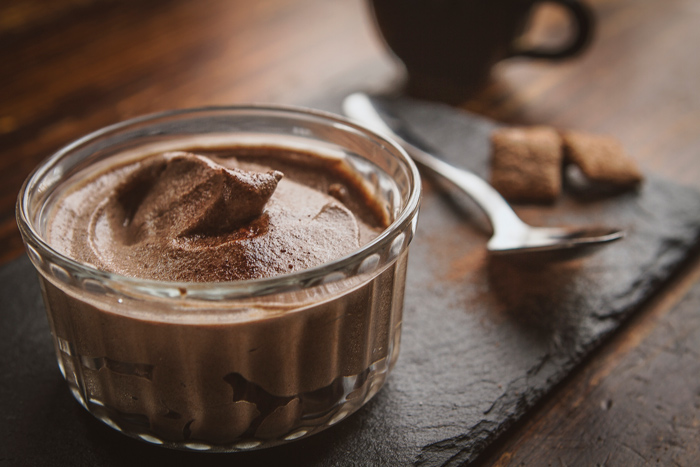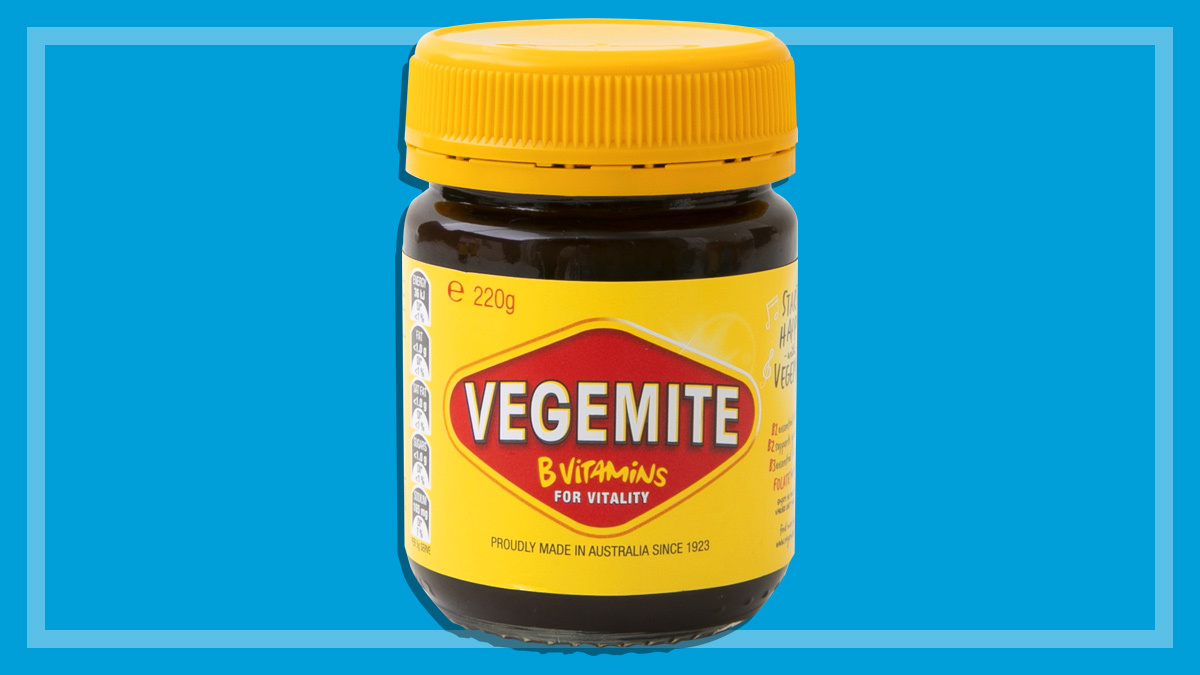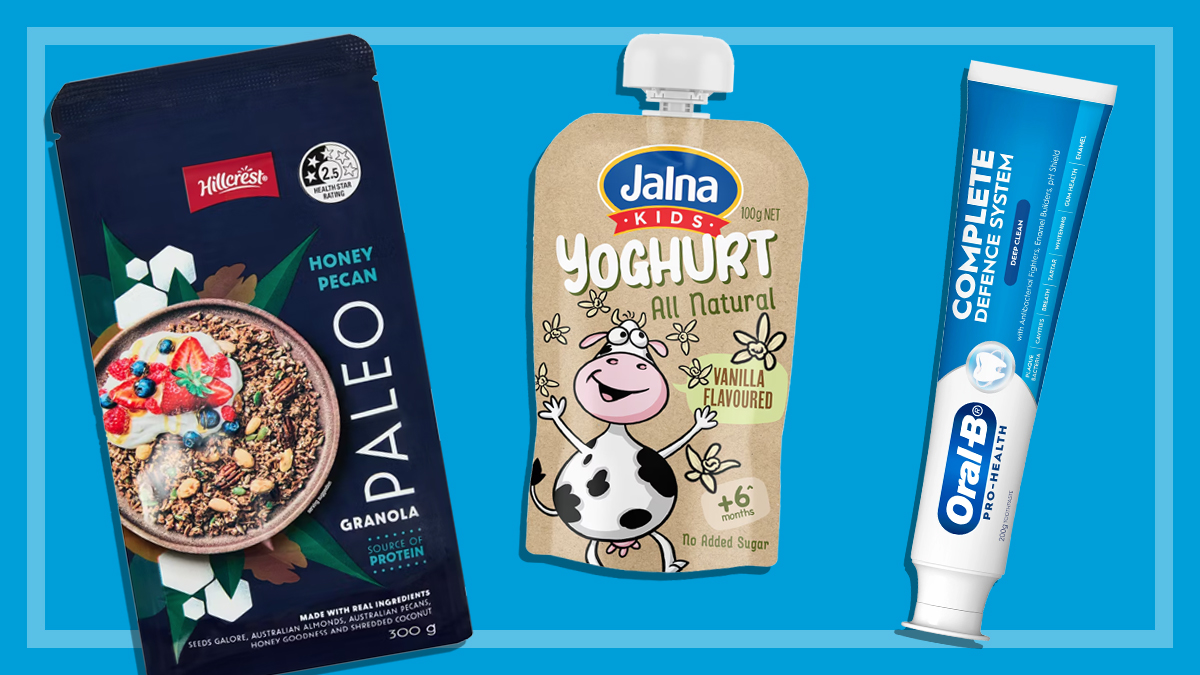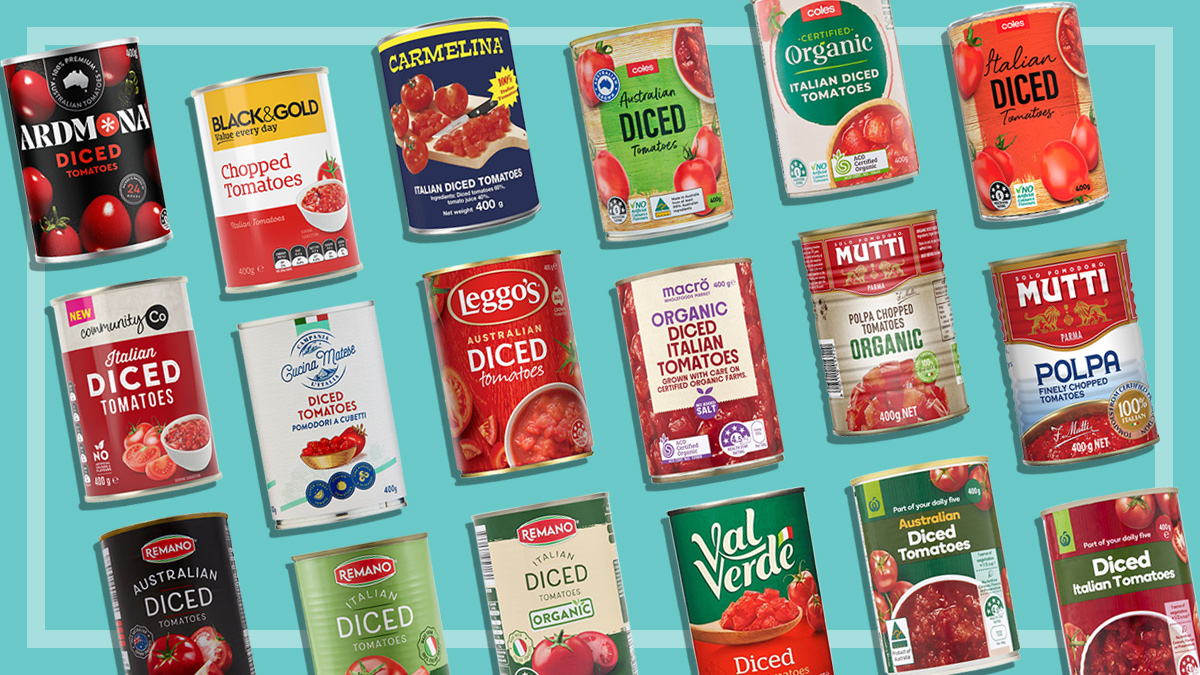Get our independent lab tests, expert reviews and honest advice.
How to use Vegemite in your cooking

You’d be hard-pressed to find an Aussie household without a jar of Vegemite within easy reach.
While you may not be able to lure those who, sadly, grew up without this dark and salty condiment, most Australians have a deep connection to the oil-slick-like spread.
But although most people still believe Vegemite is just a spread for toast or crackers, the time has come to upgrade the iconic spread to a certified pantry staple that you can add to many recipes.
Pump up the umami in braises and stews
Vegemite has a powerful gift to offer your slow-cooked casseroles. Have you ever heard someone say that soy sauce is the secret ingredient to their Bolognese?
Well, they’re not some kind of mad alchemist, they’re using the soy for its boost of umami – that unique savoury flavour profile that comes after salt, sweet, sour and bitter – to add depth to the sauce. Vegemite can be used in exactly the same way, whether it’s a mince-based sauce or a slow-cooked brisket. The end result won’t taste like Vegemite, but will have a richer, more layered flavour.
A good savoury stew should incorporate ingredients and processes that boost its umami taste
Adam Liaw, Aussie chef
Aussie chef Adam Liaw is a fan of adding a tablespoon of the spread here and there, saying: “A good savoury stew should incorporate ingredients and processes that boost its umami taste. Look for umami-rich ingredients like tomato paste, Vegemite, soy sauce and stock.” Next time you’re braising, stewing or making chilli con carne, experiment with a spoonful of Vegemite.

Add robust flavour to vegan and vegetarian dishes
Vegans rejoice, for your heavy reliance on mushrooms can be offset with a spoonful of Vegemite, which was vegan before vegan was a thing. The spread can make a great vegan or vegetarian gravy, give a well-rounded flavour to soups, especially creamy vegetable soups, and can be spread over pastry and dough for a rich kick of flavour when making vegetable pies or pizza. You can even add it to your mac and (vegan) cheese or make a Vegemite sauce for pasta by mixing with butter (or oil and tahini).
Enhance marinades
Think about the ways soy sauce, fish sauce or miso paste are used to give a punch to marinated meats. Vegemite can do the same.
Start experimenting by adding a little to a marinade with similar flavour profiles. Try balancing Vegemite’s salty-umami flavour with tomato paste, garlic and other aromatics, or butter and pepper.
You could even add a little Vegemite to the pan juices of cooked meat to make a jus or sauce. Just as the butter on your Vegemite toast balances the intense flavour, the fat from meat will have a similarly neutralising effect. Vegemite should play a supporting role, not upstage the main ingredients.
Using Vegemite in your baking
The idea of adding salt to sugary treats is not breaking news. We’ve all been swooning over salted caramel and chocolate for a while now. There’s something about the combination of the two that fires up our tastebuds. But how do you do that with Vegemite?
Like miso paste, which is often added to baked treats and cake frosting, the trick is not to overdo it. Add the Vegemite to sweet treats in small portions and taste-test as you go.
Vegemite should play a supporting role, not upstage the main ingredients
For starters, try mixing a teaspoonful with chocolate pudding and mousse. The fat from the cream will mellow the strong, salty flavour. And, instead of adding salt to your salted caramel, switch it for Vegemite. You can even add some to your brownie batter, choc-chip cookie dough, or buttercream frosting for a wildly creative topping to a cake that will have the ladies of the CWA loudly tut-tutting.

What’s the history of Vegemite?
Made with brewer’s yeast, salt and malt extract, the original brief for Vegemite was essentially to make a nutrient-dense rip-off of Britain’s Marmite. Initially slow to take hold, Vegemite became increasingly popular when supplies of Marmite dwindled Down Under during the Second World War, which is when Vegemite graduated to Australian icon.
Vegemite became increasingly popular when supplies of British Marmite dwindled Down Under during the Second World War
Essentially, Vegemite is umami goodness. Just about every culture has an umami-rich ingredient that defines their cuisine in one way or another.
Many Asian countries use soy sauce, the Japanese have miso, South-East Asian cultures love their fish sauce. Italians make use of the depth of flavour encouraged by anchovies and parmesan. The Brits have their Marmite and Worcestershire sauce at the ready. Even the ancient Romans doused their dishes with a fermented fish sauce called garum.
It might not yet be Australia’s Kikkoman but, given a chance, Australia’s own yeasty treat could become just as welcome at dinner as it is at breakfast.






